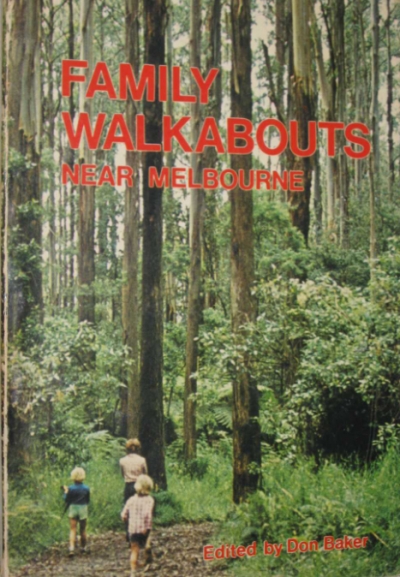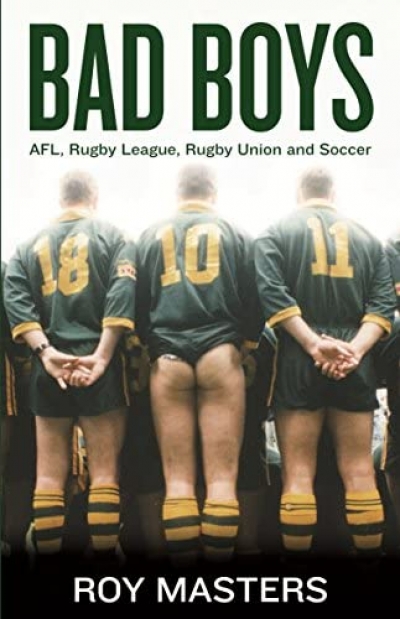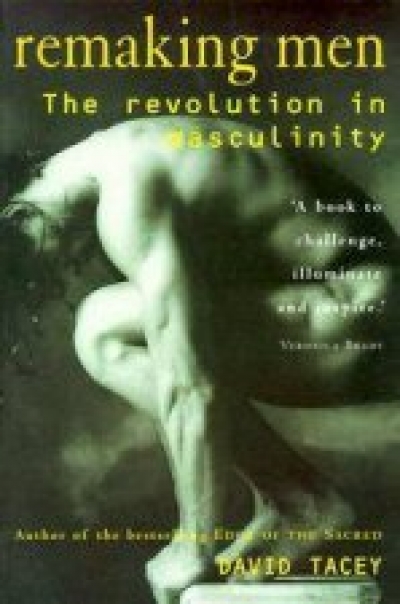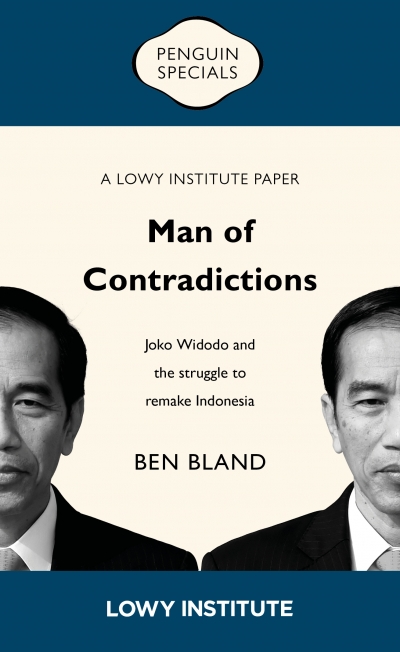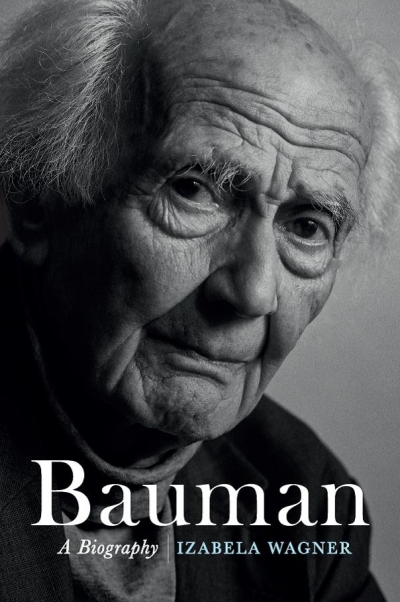Non Fiction
Norm, the major television star of the Life Be In It campaign has encouraged us to seriously consider walking in order to enjoy the landscape around us more often than we generally do. This book sets out to encourage families to try this at some twenty bush, coastal and historic locations in and around Melbourne.
... (read more)Bad Boys: AFL, Rugby League, Rugby Union and Soccer by Roy Masters
Coaches and journalists are the high priests of sport. The former determine the liturgy; the latter explain, comment on, and provide judgments and recommendations for reform to the great unwashed. Roy Masters has performed both roles. He coached the rugby league clubs Western Suburbs (1978–81) and St George (1982–87) and has for two decades been a font of insight, mainly on rugby league, for readers of the Sydney Morning Herald. His journalism has combined intelligence, larrikinism and an eye for the absurd.
... (read more)About twenty years ago, we were offered a house on Stradbroke Island for a winter holiday. Cheshire, the publishing company I had recently left teaching to work for, was also a bookseller; so not only was there a fortnight, kids willing, to catch up on all those books we had meant to read, but they were available at staff discount.
Before we left, I went through Cheshire’s paperback section like Mrs Marcos through a shoe shop. Lots of novels we had heard about, a couple of unknowns with rather promising covers and, while I was about it – to assuage the guilt of the promising covers – The Tyranny of Distance. I had heard it was good and had meant to read it one day.
... (read more)Remaking Men: The revolution in masculinity by David Tacey
Whatever happened to the men’s movement? Was it only a few years ago that we all gathered in the Dandenongs to bang drums, fashion spears, and – I quote from a flier advertising one such event – hug all night in ‘greased cuddle piles’. Now the tribes of management consultants, computer programmers and, well, wimps have retreated from view (to the chagrin of stand-up comedians everywhere) and the copies of Iron John litter the twenty cent tables of the second-hand bookstores.
... (read more)No Document begins with a description of the opening sequence of Georges Franju’s Le Sang des bêtes (Blood of the Beasts, 1949) in which a horse is led to slaughter – a significant misremembering that Anwen Crawford rectifies later. Franju’s black-and-white documentary actually begins with a collage of scenes shot on the outskirts of Paris; surreal juxtapositions of objects abandoned in a landscape devastated by war and reconstruction.
... (read more)The China Journals: Ideology and intrigue in the 1960s by Hugh Trevor-Roper, edited by Richard Davenport-Hines
When the Society for Anglo-Chinese Understanding (SACU) invited Hugh Trevor-Roper, Regius Professor of History at the University of Oxford, to visit China in 1965, he jumped at the chance. It was a decision that all parties concerned came to regret. The eminent historian had a terrible time in China, ‘that land of bigots and parrots’. He didn’t meet the right people. He found no intellectual equals. The interpreters and guides assigned to the group weren’t up to the job. He nicknamed them Cement-head, Duckbottom, Smooth-face, and the Presbyterian.
... (read more)People of the River: Lost worlds of early Australia by Grace Karskens
Grace Karskens’s previous book, The Colony (2009), which dealt with Sydney and the Cumberland Plain during the first years of invasion, was one of the great books about the early colonial period in Australia. People of the River is just as important but more profound and risky. In both, Karskens has found ways, brilliantly original ways, of taking in entire populations, and she is particularly good with webs of human connection and patterns of movement. Her focus on multi-centred relationship belongs to the twenty-first century, an age which is beginning to rethink the human individual as an interlinked being, a creature shaped by circumstance and by connection.
... (read more)Ben Bland, a Financial Times correspondent in Indonesia in 2012–15 and currently director of the Southeast Asia Program at the Lowy Institute, had a ringside seat to watch the rise of Indonesia’s President Joko Widodo (also known as Jokowi). By his own account, Bland has met him more than a dozen times. Jokowi was a furniture-maker and -exporter, mayor of Solo, and governor of Jakarta before being elected president in 2014. Bland has written a good introduction to the Jokowi era that will appeal to the general reader but may leave the serious student of Indonesia unsatisfied.
... (read more)Twilight of Democracy: The failure of politics and the parting of friends by Anne Applebaum
‘Our age,’ begins the epigraph to Anne Applebaum’s book Twilight of Democracy, ‘is indeed the age of the intellectual organization of political hatreds.’ This disarming quote from French writer Julien Benda dates back to 1927; how little has changed in a century. Just one generation after the triumphant ‘end of history’ – and notwithstanding the impact of Covid-19, fleetingly referenced here – Western democratic societies are prey to institutional decline, increasing distrust, violence, and hatred.
... (read more)With the possible exception of Jean Baudrillard or Anthony Giddens, it is difficult to think of a contemporary sociologist who has rivalled the international intellectual standing, as well as global fame, of the late Zygmunt Bauman. In his subtle, worldly intelligence, his interdisciplinary engagement, and his poetic cast of mind, Bauman stands out as one of the most influential social thinkers of our time. A distinguished heir to the tradition of radical Marxist criticism, his writings tracked the political contradictions, cultural pressures, and emotional torments of modernity with a uniquely agile understanding. With his scathing critical pen and brilliant socio logical investigations, Bauman unearthed major institutional transformations in capitalism, culture, and communication in a language that disdained all academic boundaries, crossing effortlessly from Marx to mobile phones, from Gramsci to globalisation, and from postmodernism to the privatisation of prisons.
... (read more)

